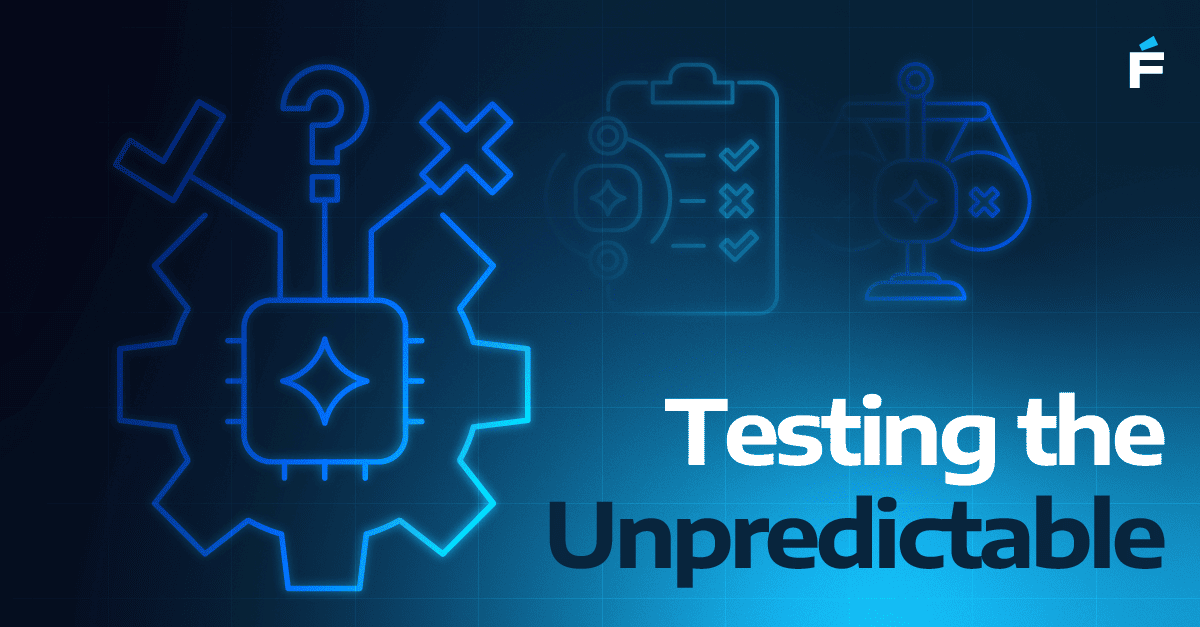Legacy modernization is not a moonshot—it is an engineering discipline. At Forte Group, we use large language models (LLMs) not only to interpret legacy systems but also to restructure them into modular, modern, and maintainable platforms. This is not about productivity hacks or code suggestions; it is about turning opaque, high‑risk systems into strategic assets that evolve with your business.
Below is the framework our engineering teams follow to deconstruct technical debt and accelerate modernization—backed by implementation strategies already delivering value in production.
Clarifying Intent: From Code to Comprehension
Legacy code often lacks documentation and unit tests, making any change risky. We deploy fine‑tuned LLM agents for function‑level intent analysis, automatically generating human‑readable summaries and behavior explanations that developers can review and verify.
Example
For a legacy insurance‑policy management platform, we generated natural‑language summaries for 12 000+ functions. These were indexed alongside their source code in a semantic browser powered by embeddings, allowing product owners and new engineers to explore functionality without guesswork.
Eliminating Duplication: A Foundation for Modularity
We use smart pattern-matching techniques to find code that does the same thing, even if it looks different. This means we can spot similar logic in large codebases, even when the names, formatting, or structure have been changed. We identify functionally equivalent logic across large codebases even when variable names, spacing, or control structures differ.
Example
In a monolithic .NET application, we detected and consolidated 86 redundant implementations of date‑range filtering. LLMs suggested a shared utility layer, produced refactored calls, and proposed unit tests to prove functional equivalence. Estimated effort dropped by ≈ 40 %.
Reducing Surface Area: Toward Safer, Smaller Units
We prompt LLMs to dissect “God functions,” highlight side effects, and map input/output boundaries—reducing cognitive complexity and preparing components for cloud‑native encapsulation.
Example
A data‑ingestion engine written in Python contained ETL scripts of more than 3 000 lines each. Our agents decomposed these into discrete pre‑validate, transform, and persist modules, each wrapped with schema validation and retry logic. Reliability improved and jobs now execute in parallel on a Kubernetes runner.
Improving Naming and Structure: Better Code Through Semantics
LLMs recommend renamings that align with business language and propose package structures that reinforce layered or CQRS architectures.
Example
In a fintech transaction platform, a refactor pass renamed ~800 poorly named variables and functions, harmonizing them with the business glossary. Folder structures were reorganized around CQRS. GitHub Copilot‑style suggestions were augmented by code‑review agents that flagged inconsistencies before merge.
Handling Legacy Debt: Translating to Modern Idioms
LLMs help modernize syntax, dependencies, and design patterns. They not only convert language constructs but surface implicit assumptions—such as synchronous I/O, static configuration files, or un‑versioned database access.
Example
A client operating a Delphi‑based logistics engine needed to migrate to a microservices stack. We built an LLM‑driven translation pipeline that converted core business logic into Go and TypeScript services, preserving rules while introducing RESTful APIs, Swagger documentation, and gRPC messaging. A nine‑month migration plan shrank to five months.
Summary for CTOs
Modernization once meant one of two things: expensive rewrites or risky patchwork. Our LLM‑powered, agentic approach offers a third path—context‑aware transformation that delivers:
-
Faster comprehension and onboarding for new teams
-
Lower regression risk through auto‑generated tests
-
Improved modularity, testability, and scalability
-
Shorter runway to cloud‑native or event‑driven architectures
LLMs do not replace engineering discipline, but they dramatically reduce the cost of understanding and evolving legacy systems—freeing your teams to focus on what moves the business forward.



.png)
